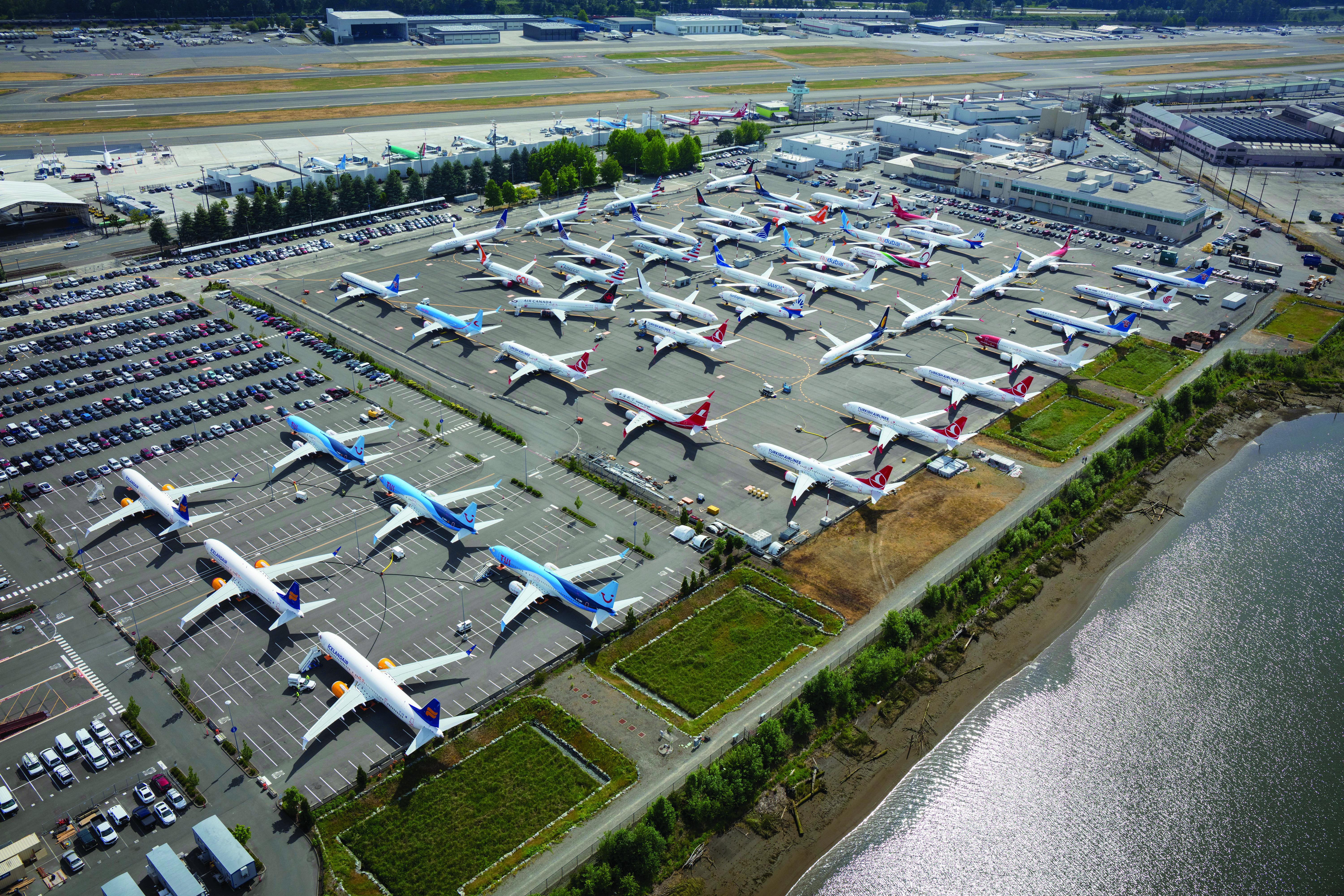
Grounding aircraft when bookings collapsed for fear of coronavirus was a painful but easy decision for airlines. Now come the hard decisions, as government restrictions on flying begin to ease and airlines see a glimmer of hope for consumer demand.
As the recovery begins, airlines must decide which and how many aircraft to put back into service immediately, how to get them back most economically, where and how to store the aircraft not needed soon, which aircraft to retire and how to wring the most value out of their retirement.
Here's one big problem. Hasty groundings meant that few of the more than 700 locations where aircraft are now stored were designed for long-term storage. The Mitiga Meteorological and Aerosol Contaminants Index assesses many airports where aircraft are now stored as high in corrosion risk, extreme in temperatures, or contaminated with sea salt, dust or sulfur dioxide. Singapore and Jakarta are especially bad for stored aircraft.
But there’s a tradeoff in storage decisions. Airport storage costs more and risks damage from unfavorable environments, but it enables airline mechanics to perform the storage maintenance. In contrast, desert or dry-region storage is cheaper and better for aircraft, but requires ferry costs and maybe paying contractors for maintenance.
The big challenge remains uncertainty about passenger demand, said Johan Bank, a former KLM exec and now senior consultant with VZM Management, during a webinar hosted by Cirium and Yocova. But storage also poses technical challenges, for example updating software in remote locations. Moreover, storage still requires adhering to maintenance programs, time-limited tasks and ADs, all while airlines are concentrating on conserving cash.
Former Delta Air Lines exec and now IATA head of operational cost management Chris Markou says OEMs have been working with airlines to find efficient ways of doing maintenance on grounded jets, keeping them safe while saving man-hours. “They are addressing calendar-time tasks and looking for opportunities to combine tasks,” Markou said in the Cirium webinar.
The IATA exec believes carriers with largely in-house maintenance staff probably have an advantage in doing storage maintenance because they have quicker access to jets. They may also have closer relationships with OEMs and regulators, which helps in figuring out cost-saving steps. But ICAO has set up a platform for regulators to collaborate in helping all airlines deal safely with the unprecedented groundings.
How many aircraft will need to be stored long term, converted or parted out? A common guess is that no more than 5,000 of the currently parked jets will return to service by the end of 2020. That would leave more than 8,000 aircraft to find more permanent homes than cold or humid airports.
Which aircraft will stay on the ground? Older is more likely than newer to remain parked. Even with low oil prices, fuel-guzzlers are less likely to return soon than the new fuel-stingy jets. Aircraft and engines due for heavy maintenance will stay on the ground longer. “They will look for engine green time to push overhauls to the right,” Markou predicts. That is, unless contracts with lessors prevent this option.





